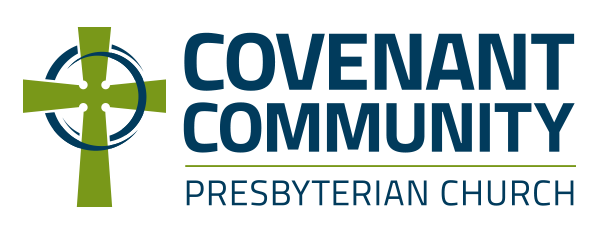The Passover Preparation
In Exodus 13:11-16, the LORD claims as his own all the firstborn males of Israel. These are all those who would have died in the tenth plague, but for the protection God offered them and the death of the lamb on their behalf. The LORD commands every Israelite parent to "redeem" their firstborn sons from himself; this becomes a special offering, or tax, paid to the priests for the purpose of supporting worship.
This instruction continues until Jesus' day, when Joseph and Mary paid the redemption price for Jesus; though of course, Jesus, the LORD himself, was the first Israelite who did not require that redemption.
"When the time came for their purification according to the law of Moses, they brought him up to Jerusalem to present him to the Lord (as it is written in the law of the Lord, “Every firstborn male shall be designated as holy to the Lord”), and they offered a sacrifice according to what is stated in the law of the Lord, “a pair of turtledoves or two young pigeons.” - Luke 2:22-24
The Second Passover of Jesus' Ministry
The feeding of the 5,000 occurs in all four Gospels, as Jesus miraculously multiplies five loaves and two fish into food for an enormous crowd. In John, Jesus uses this as an opportunity to teach the disciples that he is the new bread from heaven, mirroring and yet surpassing the manna that sustained the Israelites in the wilderness after the Passover.
This story occurs just before the Passover feast (see John 6:1-15) and beautifully connects God's redemption with his ongoing provision in our lives. As in the original Exodus story, God saves us for a purpose, with an intent to bring joy and blessing, and as part of a larger plan for our lives. That plan includes caring for us as his children, and providing us our daily bread.
In the Gospel of John, the immensity of this act so astonishes the crowd that they decide to "come and make him (Jesus) king by force." Jesus, being uninterested in earthly power, withdraws. We are often guilty of a similar mistake; after experiencing the awesome love and provision and grace of our God, we seek to use those gifts to fulfill our own dreams, rather than listening for the dream of God.
Extras
At Tagba, the traditional site of the feeding of the five thousand, there is an ancient church with a beautiful mosaic on the floor. It looks like this picture. Notice that there are only 4 loaves and 2 fish; the fifth loaf is Jesus himself, the bread of heaven.
After the feeding of the five thousand, there are twelve baskets of leftovers. These are often seen as a reference to the 12 tribes and the 12 disciples. In contrast, after the feeding of the four thousand (not recorded in John) on the Gentile side of the lake, there are seven baskets of leftovers; one for each of the seven Gentile nations of Canaan.



